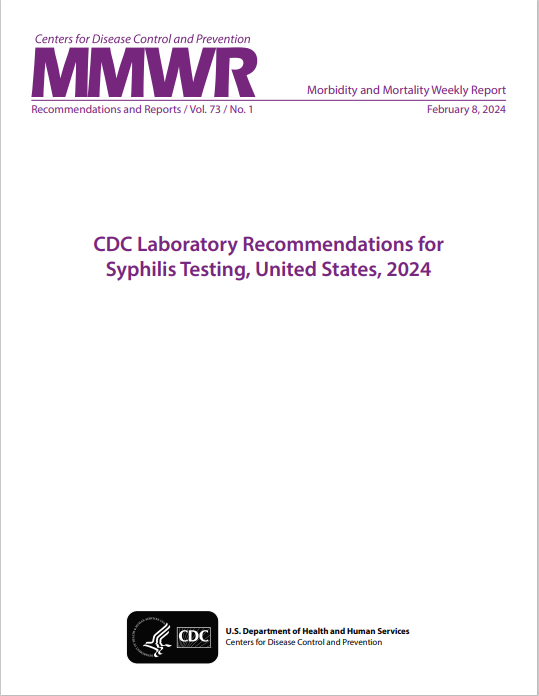CDC Guideline for Prescribing Opioids for Chronic Pain - United States, 2016.
IF 60.1
1区 医学
Q1 Medicine
引用次数: 833
Abstract
This guideline provides recommendations for primary care clinicians who are prescribing opioids for chronic pain outside of active cancer treatment, palliative care, and end-of-life care. The guideline addresses 1) when to initiate or continue opioids for chronic pain; 2) opioid selection, dosage, duration, follow-up, and discontinuation; and 3) assessing risk and addressing harms of opioid use. CDC developed the guideline using the Grading of Recommendations Assessment, Development, and Evaluation (GRADE) framework, and recommendations are made on the basis of a systematic review of the scientific evidence while considering benefits and harms, values and preferences, and resource allocation. CDC obtained input from experts, stakeholders, the public, peer reviewers, and a federally chartered advisory committee. It is important that patients receive appropriate pain treatment with careful consideration of the benefits and risks of treatment options. This guideline is intended to improve communication between clinicians and patients about the risks and benefits of opioid therapy for chronic pain, improve the safety and effectiveness of pain treatment, and reduce the risks associated with long-term opioid therapy, including opioid use disorder, overdose, and death. CDC has provided a checklist for prescribing opioids for chronic pain (http://stacks.cdc.gov/view/cdc/38025) as well as a website (http://www.cdc.gov/drugoverdose/prescribingresources.html) with additional tools to guide clinicians in implementing the recommendations.美国CDC阿片类药物慢性疼痛处方指南,2016年。
本指南为在积极的癌症治疗、姑息治疗和临终关怀之外处方阿片类药物治疗慢性疼痛的初级保健临床医生提供了建议。该指南涉及1)何时开始或继续使用阿片类药物治疗慢性疼痛;2)阿片类药物的选择、剂量、持续时间、随访和停药;3)评估阿片类药物使用的风险和解决危害。CDC使用分级建议评估、发展和评估(GRADE)框架制定了指南,并在考虑益处和危害、价值和偏好以及资源分配的基础上对科学证据进行了系统审查。疾病预防控制中心从专家、利益相关者、公众、同行审稿人和联邦特许咨询委员会获得了意见。重要的是,患者接受适当的疼痛治疗,仔细考虑治疗方案的益处和风险。本指南旨在改善临床医生和患者之间关于阿片类药物治疗慢性疼痛的风险和益处的沟通,提高疼痛治疗的安全性和有效性,并降低与长期阿片类药物治疗相关的风险,包括阿片类药物使用障碍、过量和死亡。疾病预防控制中心提供了一份处方阿片类药物治疗慢性疼痛的清单(http://stacks.cdc.gov/view/cdc/38025)以及一个网站(http://www.cdc.gov/drugoverdose/prescribingresources.html),其中包含指导临床医生实施建议的其他工具。
本文章由计算机程序翻译,如有差异,请以英文原文为准。
求助全文
约1分钟内获得全文
求助全文
来源期刊

Mmwr Recommendations and Reports
PUBLIC, ENVIRONMENTAL & OCCUPATIONAL HEALTH-
CiteScore
36.00
自引率
0.00%
发文量
3
期刊介绍:
The MMWR series of publications is published by the Office of Science, Centers for Disease Control and Prevention (CDC), U.S.
The MMWR Recommendations and Reports contain in-depth articles that relay policy statements for prevention and treatment in all areas in the CDC’s scope of responsibility (e.g., recommendations from the Advisory Committee on Immunization Practices).
 求助内容:
求助内容: 应助结果提醒方式:
应助结果提醒方式:


